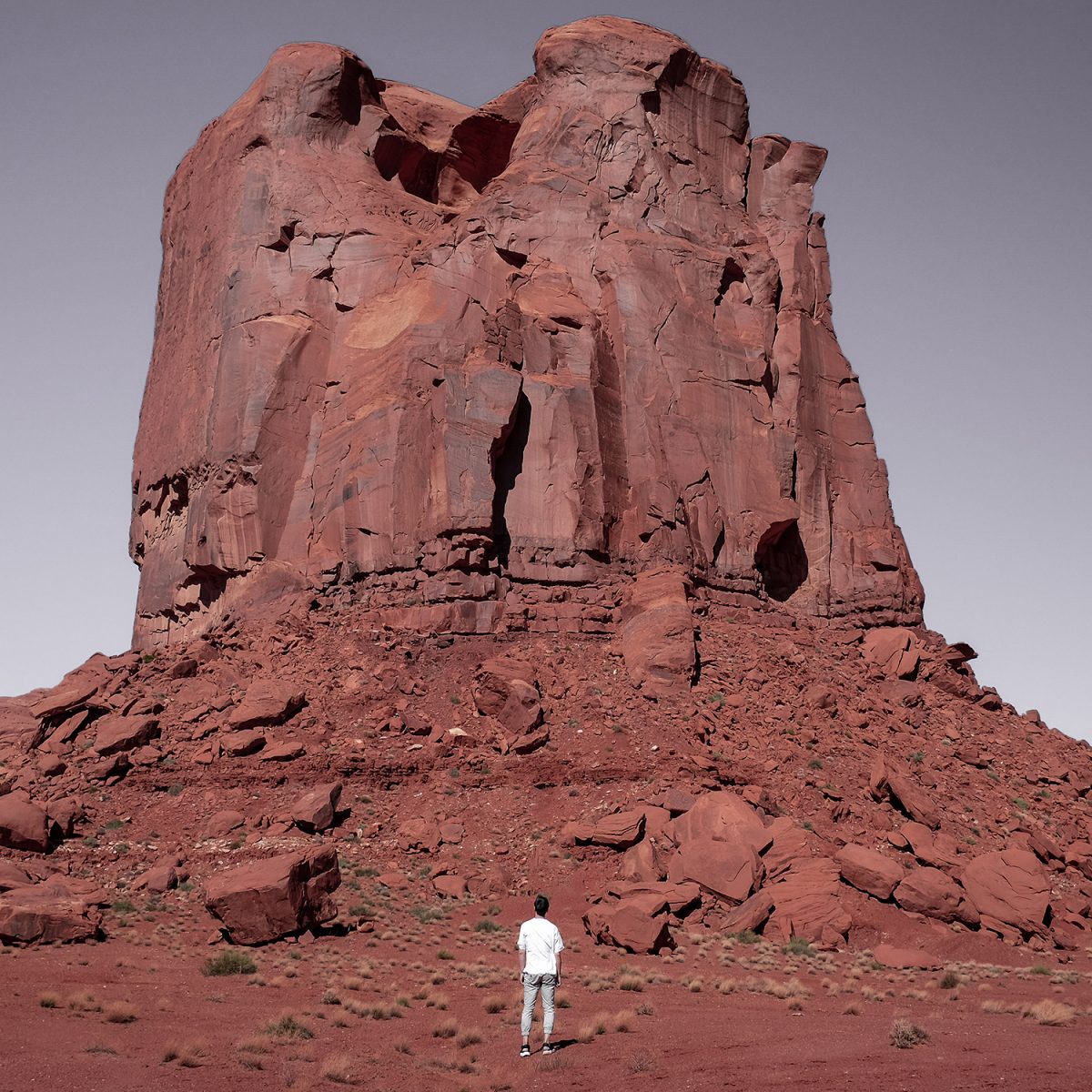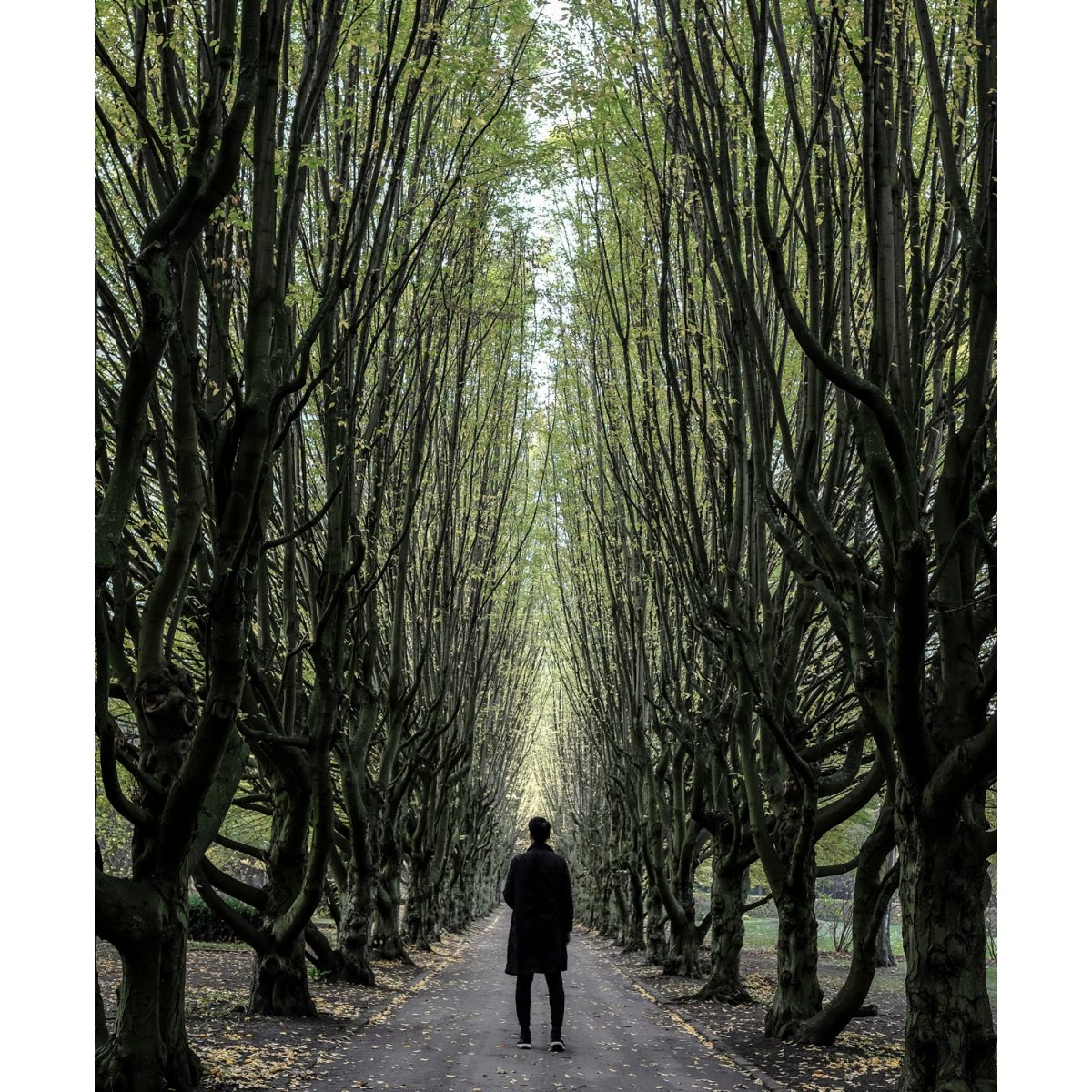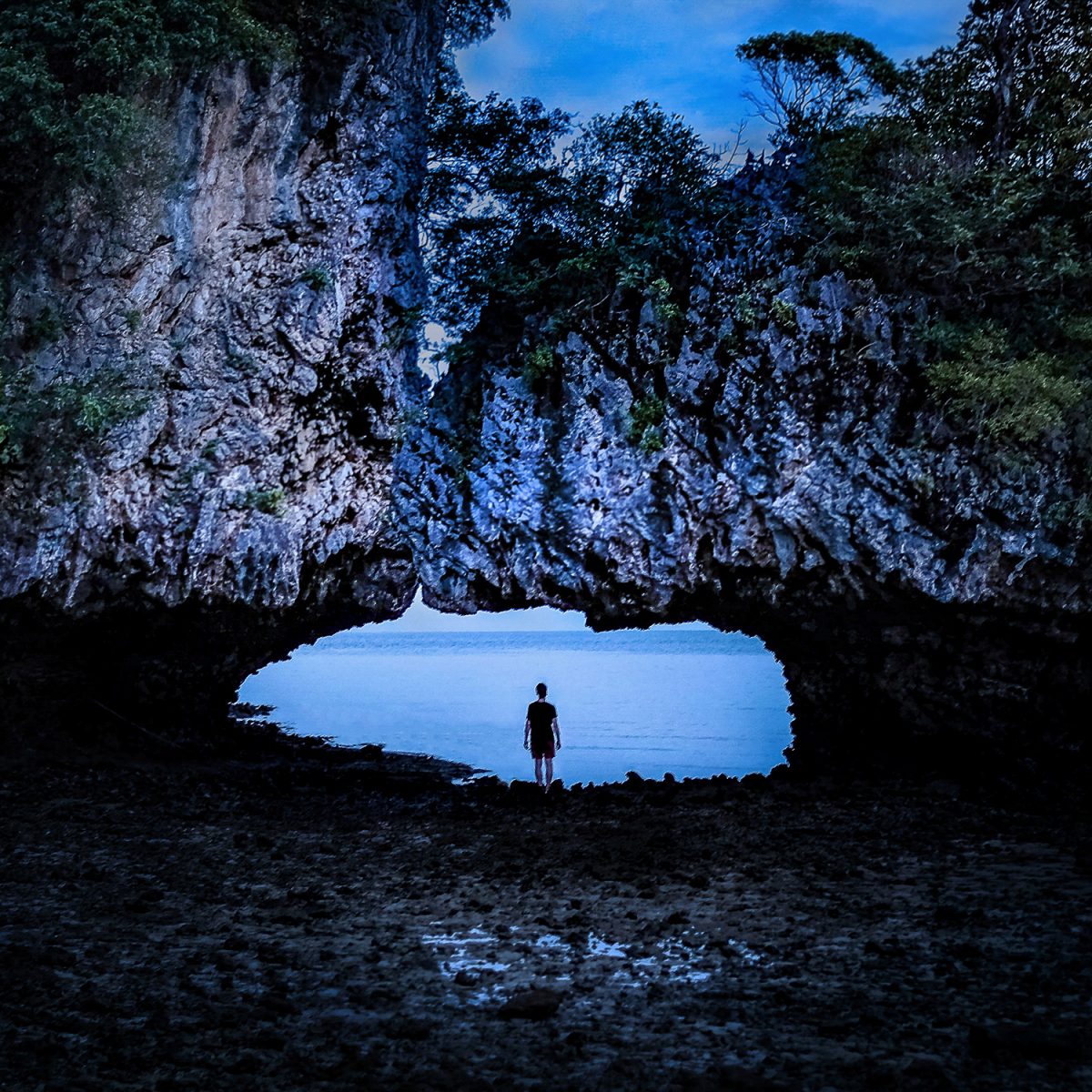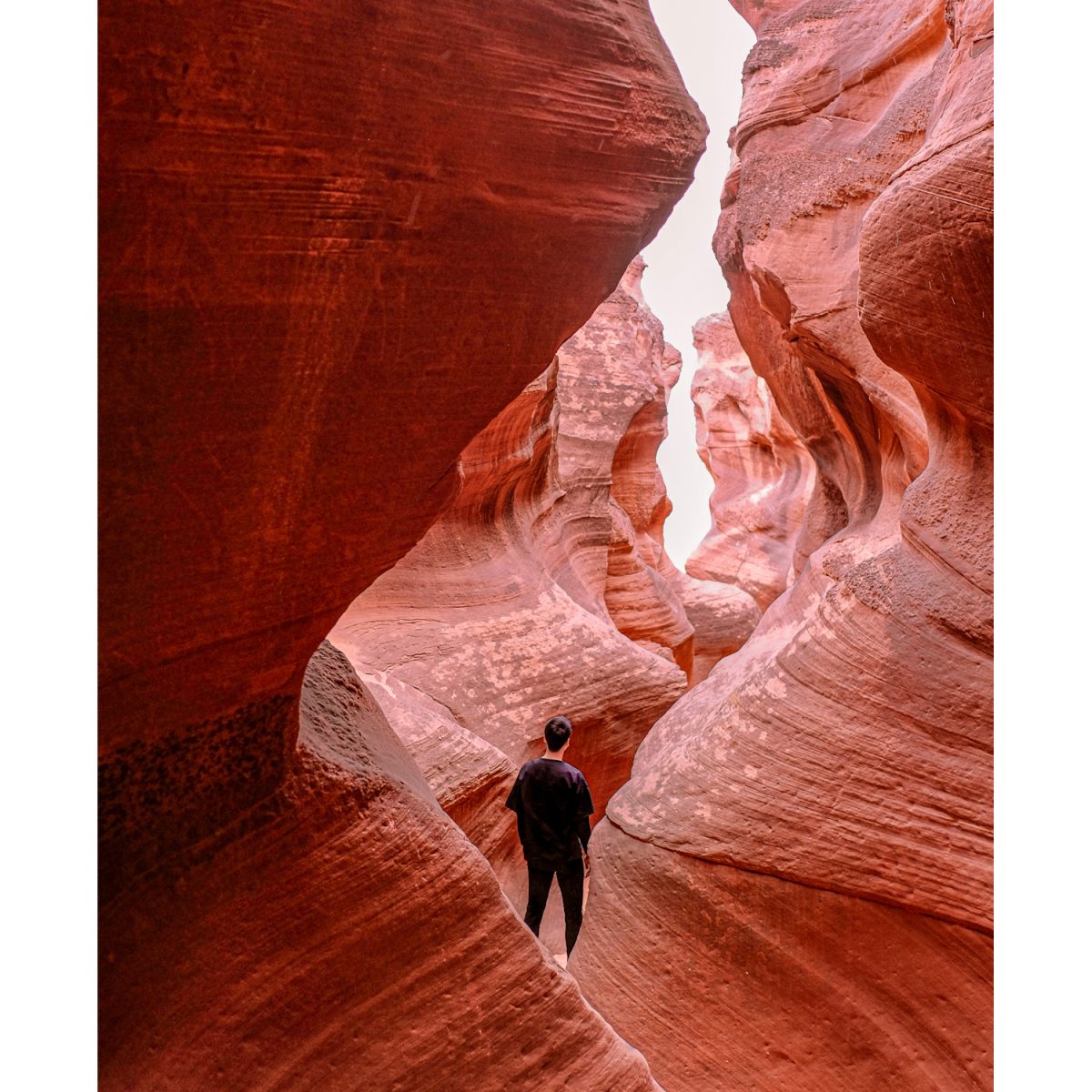TEXT & PHOTO: LUKE YEUNG
(For English, please scroll down)
โดยปกติเราจะเห็นเส้นแบ่งขอบเขตระหว่างสถาปัตยกรรมและธรรมชาติได้อย่างชัดเจน ที่ผ่านมา เราเดินทางไปยังแหล่งธรรมชาติหลายๆ แห่ง เพื่อหลบหนีความหนาแน่นของเมืองใหญ่ เรามีความสุขไปกับทิวทัศน์ที่พบเห็น แต่ยิ่งผมไปเยือนภูมิประเทศเหล่านั้นบ่อยเท่าไร มันก็ยิ่งทำให้ผมมองเห็นสเปซที่อยู่ภายในนั้น และนึกถึงความเป็นไปได้อื่นๆ เป็นไปได้หรือไม่ที่เราจะเบลอเส้นแบ่งคู่ตรงข้ามระหว่างธรรมชาติกับสภาพแวดล้อมที่คนสร้างขึ้น บางทีสถาปัตยกรรมอาจจะสามารถดำรง “อยู่ภายใน” ธรรมชาติ และไหลสอดแทรกตัวมันเข้าไปในธรรมชาติ
ผมนึกถึงสถาปัตยกรรมที่เราเข้าไปสัมผัสได้ไม่ต่างจากที่เรารับรู้แสงที่ส่องผ่านลงมาตามช่องไม้ในเงาป่า หรือธรรมชาติที่สลักเสลาที่ว่างต่างๆ ขึ้นมาจากการก่อตัวของสภาพภูมิประเทศ มันจะเป็นไปได้หรือเปล่า ที่เราจะสร้างงานสถาปัตยกรรมที่ขับเน้นปรากฏการณ์ทางธรรมชาติขึ้นมา บางทีแล้ว เป้าหมายของเราคือ การออกแบบที่ไม่ได้ทำไปเพื่อสร้างสภาพแวดล้อม แต่เป็นการออกแบบเพื่อธรรมชาติต่างหาก
_____________
Luke Yeung เป็นสถาปนิกผู้ก่อตั้ง Architectkidd ซึ่งเป็นสตูดิโอออกแบบในกรุงเทพฯ เขาทำงานออกแบบสถาปัตยกรรม ควบคู่ไปกับการถ่ายภาพสเปซที่สะท้อนถึงผู้ใช้งานและวัฒนธรรมของสถานที่ที่ได้เดินทางไป

Normally the line that separates nature and architecture is a clear and distinct one. We travel and visit the great outdoors to escape congested cities and enjoy the natural scenery. But the more I visit these landscapes, the more I see spaces within them and think of different possibilities. Can the dichotomy between nature and built environment be blurred? Perhaps architecture can also exist in nature and can flow through it.
Architecture that can be experienced like light hovering in forests, or nature that can carve spaces from geological formations. Is it possible to create architecture that emphasizes natural phenomenon? Perhaps the goal is to design not for the built environment but rather for nature.
_____________
Luke Yeung is principal of Architectkidd, a Bangkok-based design studio. Working in architecture and photography, he captures spaces to reflect people and culture of the place.







